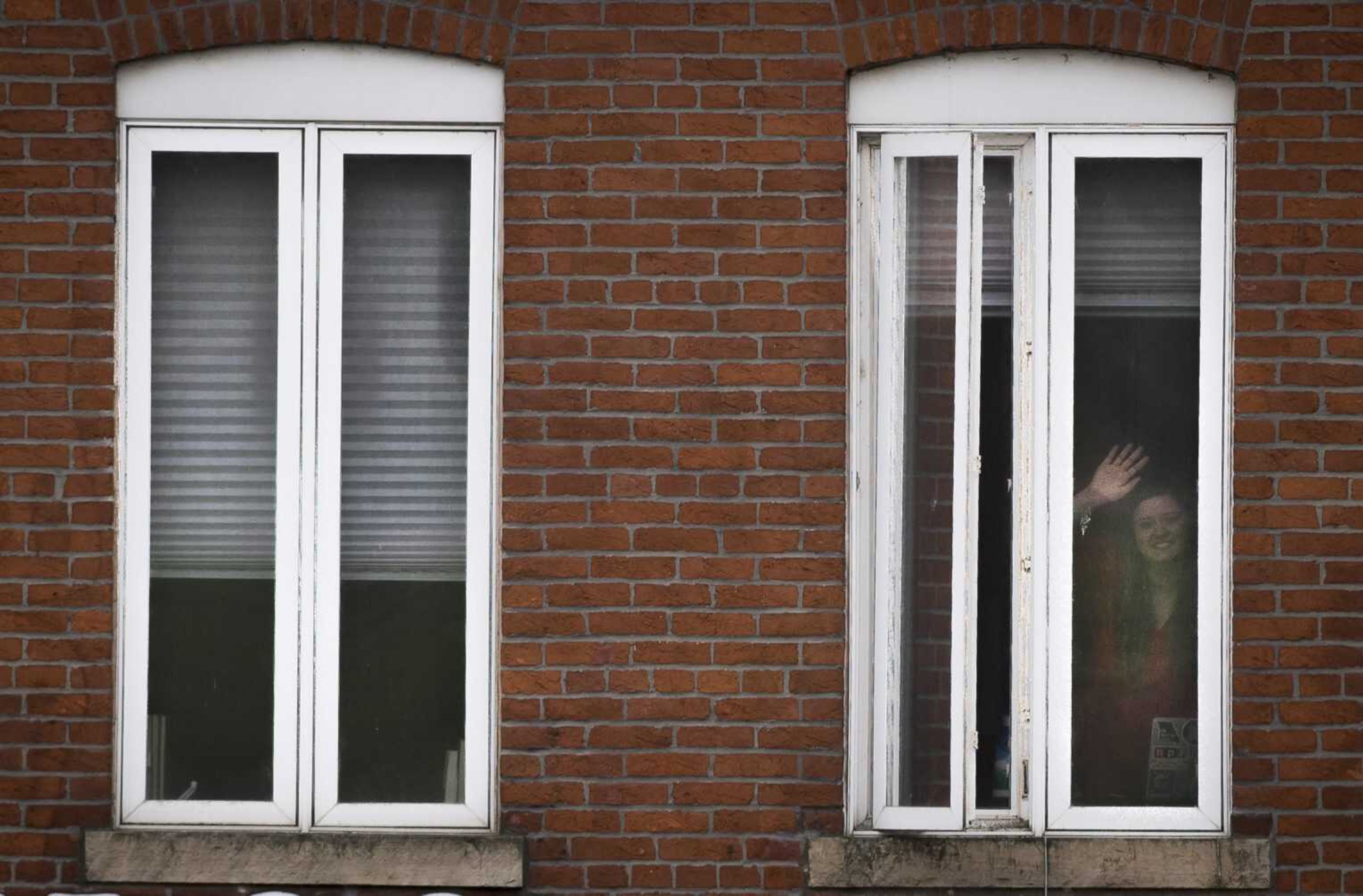Working from home: A viable alternative to traditional work spaces
Working from home. It's also referred to as telecommuting, telework, mobile work and flexible workplace and is an arrangement by which workers are able to perform their jobs at home or anyplace else other than at their "traditional" office setting. According to the U.S. Census Bureau, an estimated 20 million to 30 million Americans were working at home as of a month or so ago and the percentage of at-home workers was steadily increasing...
Working from home.
It's also referred to as telecommuting, telework, mobile work and flexible workplace and is an arrangement by which workers are able to perform their jobs at home or anyplace else other than at their "traditional" office setting.
According to the U.S. Census Bureau, an estimated 20 million to 30 million Americans were working at home as of a month or so ago and the percentage of at-home workers was steadily increasing.
Now, thanks to COVID-19, many employers are telling workers to stay home and do their jobs from their kitchen tables, if possible.
As a result, the number of U.S. workers who are transitioning to "home offices" is on an accelerated upswing. At many of the nation's "big tech" companies such as Google, Amazon and Facebook, employees who are able are now working from home. In several states, where most residents have been required to stay home -- including Illinois, California, New York and several others -- having employees work from home is the only option for companies that want to stay in business.

It's too soon to say just how many office workers have set up home offices now that COVID-19 has come to America, but with one-fifth of the population under "shelter at home" mandates as of last week, it's safe to say the number is rising rapidly.
"We've had a ton of calls," said Allen Whitaker, sales manager at Velocity Electronics in Cape Girardeau, which helps businesses and individuals set up network connections for home offices. He estimates about 75% of his Velocity Electronics' clients are businesses and many of them have been inquiring about networking solutions to allow employees to work at home.
Home office solutions can be fairly simple, Whitaker said.
"There are two main things people need for a home office. The first is telecommunications, some sort of way to make and receive calls," Whitaker said, explaining there are ways to avoid using personal cellphones, including affordable software platforms that will allow calls to be placed through the internet, often at a lower cost than traditional phone systems.
"There are many, many ways to accomplish it without having to use your home phone or cellphone," he said.
"The second thing people need is just access to their software and the data they use every day to do business. Again, that's very easy to do," Whitaker explained and said it's also important to be sure home computer systems have proper virus protections and security software as well as high-speed internet connections, especially if video conferencing and presentations are necessary.
Whitaker said networking solution companies such as Velocity Electronics offer free assessments for businesses and individuals to determine their needs for home office setups.
While many businesses and their employees are venturing into "work at home" scenarios for the first time because of the coronavirus outbreak, there is little doubt the trend will continue into the future thanks to ongoing technological advances that make it easy to set up home offices.
There are numerous resources on the internet with advice about how to set up a home office and the pros and cons of working at home.
On the plus side, for instance:
- There's no need to spend time or money driving to or from the office.
- Working at home can provide a better balance of work and personal pursuits.
- Employers could save money on real estate and other overhead expenses if they don't have to maintain office space.
- There are no "workplace distractions," often making it easier to focus on the task at hand.
- Employees can work at their own pace without pressure, and for many people, working at home leads to higher productivity.
On the flip side, there are several potential negatives to consider including:
- Less personal contact with managers and co-workers, which can hinder communications.
- Employee supervision can be challenging.
- Depending on the home office environment, workers can face additional disruptions and distractions leading to reduced productivity.
- There is often little or no social interaction with co-workers.
The bottom line is, while home offices and working from home isn't for everyone, for many it can be a viable alternative to traditional work scenarios, especially in times when going to the office is not possible or feasible.
Do you crave business news? Check out B Magazine, and the B Magazine email newsletter. Check it out at www.semissourian.com/newsletters to find out more.
Connect with the Southeast Missourian Newsroom:
For corrections to this story or other insights for the editor, click here. To submit a letter to the editor, click here. To learn about the Southeast Missourian’s AI Policy, click here.







